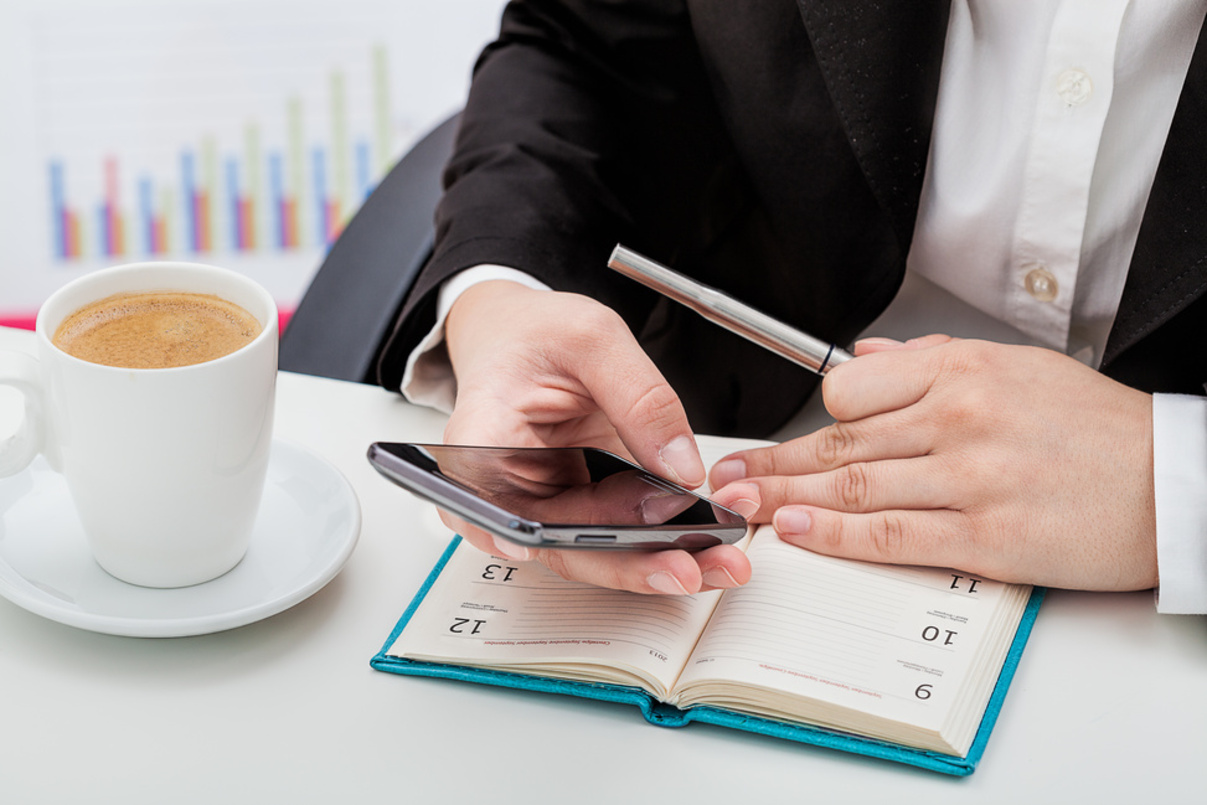We have been keeping track of our schedules using paper and ink for centuries. Millennia. It’s flexible. It’s beautiful. It works the way you work.
Why would we consider anything digital? Well, paper does have its drawbacks. If you lose your calendar, it’s gone. Nothing is automated, so you have to add every single appointment by hand. Beautiful, but tedious.
Digital calendars solve the problems we had with paper calendars—we can access them anywhere, we can share them with others, and we can create repeating events—but they have their own problems. They’re surrounded by distractions, they’re impersonal, and one errant keystroke can ruin someone’s day.
Fortunately, it’s not hard to set up a hybrid system that combines the strengths of both and mostly compensates for each’s weaknesses.
Always two there are… a master and an apprentice.
Yoda
Whenever you’re coordinating multiple calendars, you need to designate one of them as your master calendar. It is the source of all truth. The other calendar is an apprentice to that calendar.
For most people, I recommend making your digital calendar the master and paper the apprentice. Your digital calendar lets you set up repeating events, coordinate with others, and quickly make changes as your schedule becomes more clear as the future becomes the present.
(And if you know the full quote, you’re not limited to exactly two, “no more, no less”. You can coordinate one master calendar with several apprentices.)
Your digital calendar has the master view of your schedule: what you’re doing today, next week, and four months from now. Your paper calendar is your daily companion. With it, you execute your day and capture new information.
During daily or weekly planning (depending on your cadence), transfer upcoming appointments from your digital calendar to your paper calendar. This gives you a chance to review your commitments and make a final decision whether they fit into your schedule. If they don’t, that’s fine. Renegotiate any commitments you need to. The rest go on your paper calendar.
Don’t transfer every detail to paper. You need the title, the start and stop times, and that’s about it. Your calendar should know where you need to be so you can get time-to-leave alerts and directions; that will still be up to your phone.
To close the loop, capture any new appointments you’ve made, moved, or cancelled in your digital calendar. This should happen during your daily/weekly planning, capturing the day or week behind you before you turn your attention to what’s coming up.
Your digital calendar is your source of truth. If it’s not on your digital calendar, it doesn’t exist. You have to be able to trust it when you look at it. So does any one you share it with. If you leave things scattered between your digital and paper calendar(s), you don’t have any one place you can look to see the complete picture. Anything you don’t transfer from paper to digital will be forgotten.
Sooner or later, you’re going to get double-booked. That’s okay! It happens to the best of us. Maybe you forgot you’re not free to attend that barbecue next Saturday. Maybe you were, but your spouse (who is sharing your calendar) just checked, saw you were free, and made reservations for the two of you to go whale-watching. The sooner the Johnsons know someone else needs to bring potato salad, the better.
Remember that you’re using a hybrid system. You’re not switching back and forth, you’re using digital and analog together for their respective strengths. You may have your schedule and all your tasks on a paper calendar, but you’re still getting time-to-leave alerts from your phone. Let them do what they do best.
Over time, the balance of power—how much is digital and how much is analog—in your system will shift as you get a feel for what works for you. Be flexible and let your system grow with you.
By using two complementary technologies, you can see the big picture in one place. You can search. You can coordinate with others. You can schedule meetings months in advance. You can let your calendar express your style. You can capture quickly and effortlessly. Best of all, amongst all this productivity, you can be fully present in the moment, confident that you’re right where you need to be.
Question: How do you split your system between digital and analog? Share your thoughts in the comments, on Twitter, LinkedIn, or Facebook.

